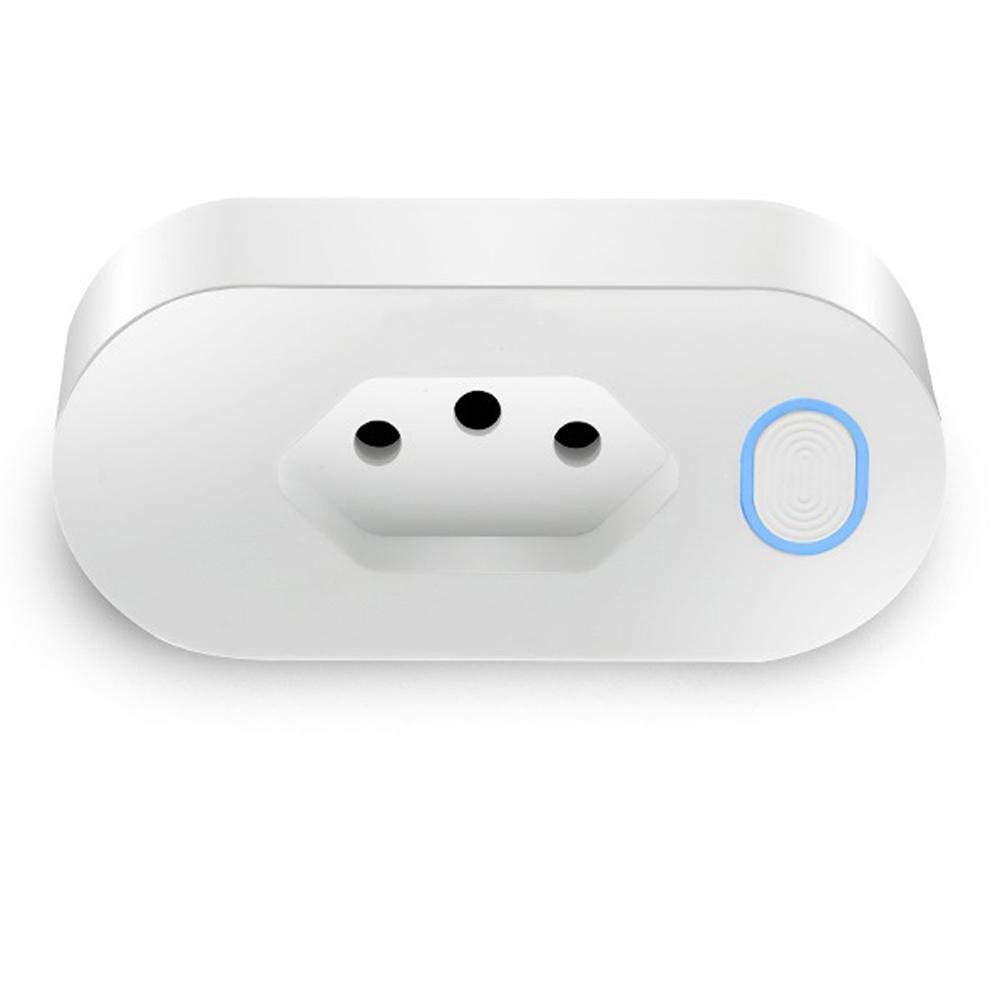curl -sSL https://gist.githubusercontent.com/ttimasdf/ef739670ac5d627981c5695adf4c8f98/raw/autossh@host1 | \
sudo tee /etc/default/autossh@example
curl -sSL https://gist.githubusercontent.com/ttimasdf/ef739670ac5d627981c5695adf4c8f98/raw/[email protected] | \
sudo tee /etc/systemd/system/[email protected]
sudo useradd -g nogroup -s /bin/false -m tunnel
sudo -u tunnel mkdir -p ~tunnel/.ssh # and copy your private key here
This file contains hidden or bidirectional Unicode text that may be interpreted or compiled differently than what appears below. To review, open the file in an editor that reveals hidden Unicode characters.
Learn more about bidirectional Unicode characters
| # Docker networking is messy and undocumented. Docker will create IP addresses and iptables at random times. | |
| # This can be limited by using totally static IP addresses for network interfaces and avoiding the default network bridge. | |
| # /etc/default/docker | |
| # DOCKER_OPTS="--iptables=false --ipv6 --bip 172.16.0.1/16 --fixed-cidr 172.16.0.0/16 --fixed-cidr-v6 2a01:9000::/68" | |
| # --bip is the host IP address of the docker0 interface | |
| # --fixed-cidr is the CIDR subnet allocated to the docker0 interface (default network bridge) | |
| # --fixed-cidr-v6 is the IPv6 CIDR allocated to docker0 | |
| # for IPv6 split your /64 delegated subnet into /68 subnets and allocate them to each docker-compose.yml subnet: |
Essa é a versão em português
For the English (en-US) version check THIS LINK
A algum tempo, alguns modelos de smart plug com o padrão de tomada brasileiro começaram a aprecer no AliExpress.
This file contains hidden or bidirectional Unicode text that may be interpreted or compiled differently than what appears below. To review, open the file in an editor that reveals hidden Unicode characters.
Learn more about bidirectional Unicode characters
| # MySQLTuner: https://github.com/major/MySQLTuner-perl | |
| # Open Bash with the container. | |
| docker exec [mariadb_or_mysql] bash | |
| # Change the working directory to `/tmp`. | |
| cd /tmp | |
| # Install wget. | |
| apt-get update |
This file contains hidden or bidirectional Unicode text that may be interpreted or compiled differently than what appears below. To review, open the file in an editor that reveals hidden Unicode characters.
Learn more about bidirectional Unicode characters
| #!/bin/sh | |
| # This is an example script to force provision a UniFi network device using the controller API | |
| # If you are running this externally then replace localhost with the hostname | |
| baseurl=https://localhost:8443 | |
| # I would make a dedicated admin user for this | |
| username=<username_here> | |
| password=<password_here> |
This guide is for homelab admins who understand IPv4s well but find setting up IPv6 hard or annoying because things work differently. In some ways, managing an IPv6 network can be simpler than IPv4, one just needs to learn some new concepts and discard some old ones.
Let’s begin.
First of all, there are some concepts that one must unlearn from ipv4:
Concept 1
OlderNewer
